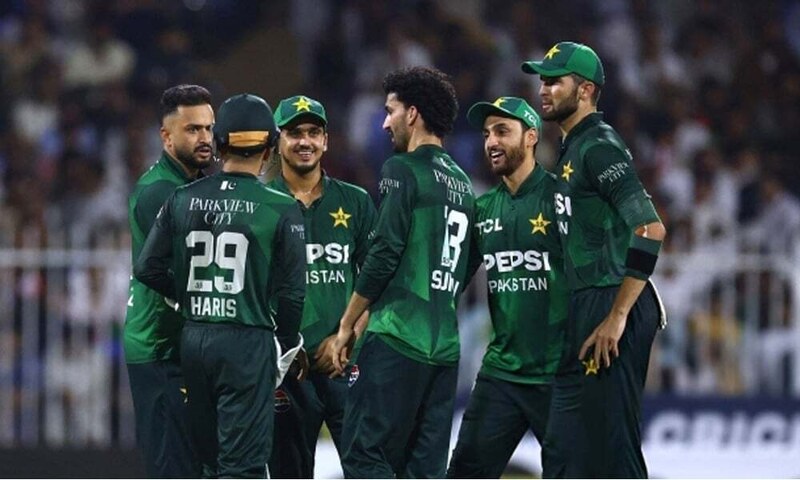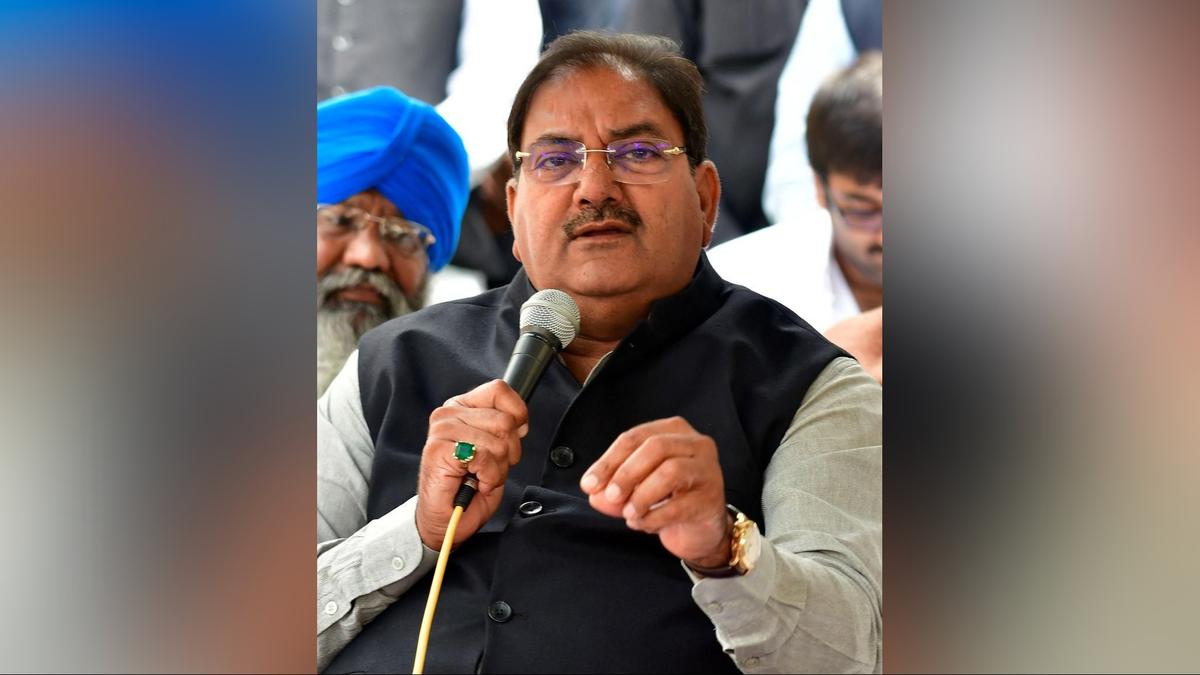By BR Research
Copyright brecorder

Pakistan cricket, once a promising child prodigy that grew into a mercurial but thrilling force, finally succumbed in 2025 to a long-standing cocktail of mismanagement, political meddling, and a chronic allergy to modernity.
Funeral rites will be observed quietly at the Gaddafi Stadium, with bewildered fans in attendance — many still clutching VHS tapes of 1992 (or maybe not) like holy relics.
The immediate cause of death was a collapse in performance that mirrored Pakistan’s favourite pastime: snatching defeat from the jaws of victory. But the underlying conditions had been festering for decades.
The team’s governance model resembled a revolving door — 11 PCB chairmen in 15 years, countless captains, and “ad hoc committees” that functioned like IV drips keeping the patient barely alive.
The past 12 months alone were enough to seal the obituary. A shocking loss to the USA in the T20 World Cup. Regular defeats to Afghanistan, once considered the apprentice to Pakistan’s cricketing master. A whitewash at home against Bangladesh — something that would have been unthinkable not long ago.
Each loss became less of an aberration and more of a new normal. This was not just about form; it was about freefall. Pakistan cricket went from being mercurial and unpredictable to consistently mediocre, a team opponent no longer feared but expected to beat.
No obituary would be complete without a nod to the constant chopping and changing of the domestic structure. In the last ten years, not a single season of Pakistan’s first-class tournament has carried the same structure into the next.
Regions were replaced by departments, then brought back, then tinkered with again — all depending on the whims of whoever occupied the PCB chairmanship at the time. While other nations built stable pipelines of talent through consistency, Pakistan treated domestic cricket like an experimental playground, never allowing young players to grow within a settled system. The result: an assembly line of wasted potential.
Born in 1952, Pakistan cricket’s youthful vigour was unmistakable. It gave the world Fazal Mahmood, Imran Khan, Wasim Akram, Waqar Younis, Saeed Anwar — a factory of raw, unpredictable brilliance. In 1992, the team scaled Mount Everest under Imran’s stewardship.
In 2009, the T20 World Cup reminded fans that the fire hadn’t completely gone out. But the 2010s and 2020s proved that occasional flashes of genius could not substitute for institutional strength. Other nations built systems; Pakistan stuck to prayers, nostalgia, and the “Qudrat ka Nizam” school of management.
For decades, cricket was the one sport that still united Pakistanis after hockey’s death in the 1990s. But even that bond is now fraying. With every embarrassing loss, more fans are becoming disenchanted. In a country where cricket carries disproportionate cultural weight, the risk is not just sporting irrelevance — it is the slow unravelling of one of the last national symbols of pride.
Competitors thrived. India became cricket’s Apple — rich, structured, innovative, and ruthlessly consistent.
Even Afghanistan emerged as the scrappy startup, out-innovating its veteran neighbour with discipline and modern coaching. Meanwhile, Pakistan resembled a legacy brand that never moved beyond the Walkman era, hoping charisma alone would outsell iPhones. ICC rankings tell the story.
As of mid-2025, Pakistan languished outside the top five in all three formats, with win ratios that would embarrass a mid-table county side. Financially, the PCB remained dependent on bilateral series with India — a relationship as non-existent as Pakistan’s middle order resilience.
Pakistan’s love affair with unfit players became legendary. Yo-Yo tests were treated like optional homework. Net practice often resembled casual club cricket rather than preparation for elite competition. The PCB’s relationship with talent was akin to WAPDA’s with electricity distribution: inefficiency, leakage, and occasional sparks.
If cricket mirrors society, Pakistan’s cricket obituary reads like the country’s own economic report card. Inconsistent policies? Check. Political appointments over merit? Double check. A brief boom followed by prolonged stagnation? Triple check. Pakistan cricket has become PIA with pads on, a cautionary tale of what happens when institutions decay.
While official announcements about “revival plans” and “five-year strategies” are being issued with the regularity of IMF loan requests, the prognosis remains grim. What Pakistan cricket needs is not another PCB chairman with no cricketing expertise, but a systemic overhaul.
The nation must accept that a hard reset is the only way forward — stabilizing domestic structures, enforcing meritocracy, and committing to fitness and discipline. And fans must prepare themselves for pain: four to five years of losses as the system is rebuilt. But given how little the team is winning anyway, the trade-off is worth it. The alternative is slow, irreversible irrelevance — a death without even the dignity of a funeral.
Pakistan cricket is survived by a passionate but perpetually heartbroken fan base, nostalgic highlight reels of 1992 and the 2009 T20 victory, and a bloated administrative structure that somehow outlives the very product it was meant to serve. The deceased also leaves behind a flourishing meme industry, whose creativity often outshone that of the batting order.
Here lies Pakistan Cricket: unpredictable, entertaining, chaotic — and ultimately undone by its own refusal to grow up.



